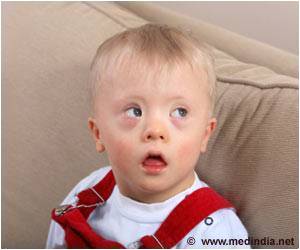A recent study finds that autism affects different parts of the brain in females with autism than males with autism.

"One of our new findings is that females with autism show neuroanatomical 'masculinization'," said Professor Simon Baron-Cohen, senior author of the paper. "This may implicate physiological mechanisms that drive sexual dimorphism, such as prenatal sex hormones and sex-linked genetic mechanisms."
Autism affects 1% of the general population and is more prevalent in males. Most studies have therefore focused on male-dominant samples. As a result, our understanding of the neurobiology of autism is male-biased.
"This is one of the largest brain imaging studies of sex/gender differences yet conducted in autism. Females with autism have long been under-recognized and probably misunderstood," said Dr Meng-Chuan Lai, who led the research project. "The findings suggest that we should not blindly assume that everything found in males with autism applies to females. This is an important example of the diversity within the 'spectrum'."
Dr Michael Lombardo, who co-led the study, added that although autism manifests itself in many different ways, grouping by gender may help provide a better understanding of this condition.
He said: "Autism as a whole is complex and vastly diverse, or heterogeneous, and this new study indicates that there are ways to subgroup the autism spectrum, such as whether an individual is male or female. Reducing heterogeneity via subgrouping will allow research to make significant progress towards understanding the mechanisms that cause autism."
Advertisement















